Home>Home Appliances>Bathroom Appliances>Which Hair Dryer Is Least Damaging
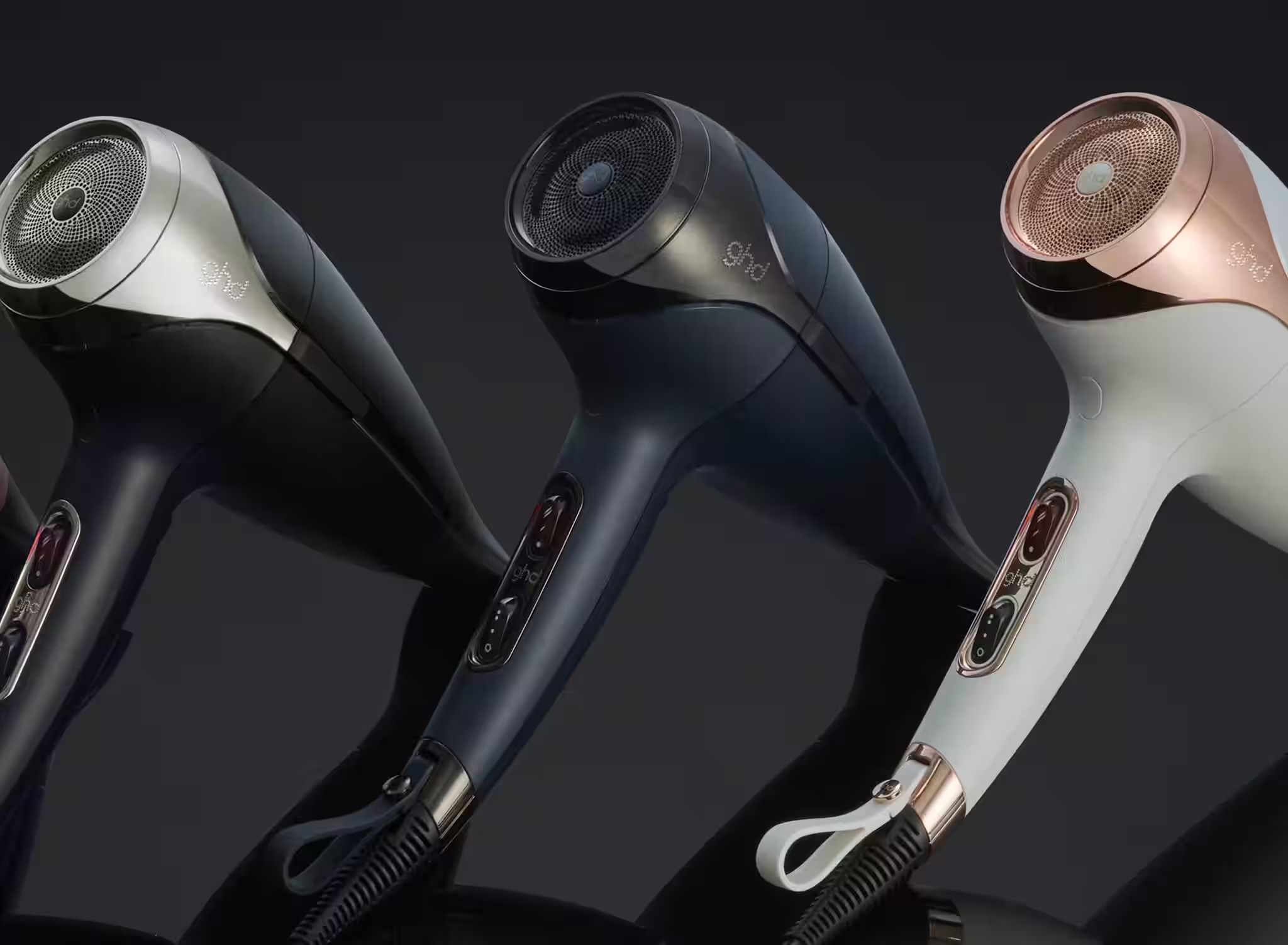

Bathroom Appliances
Which Hair Dryer Is Least Damaging
Modified: March 24, 2024
Discover the least damaging hair dryer for your hair type. Find the best bathroom appliances for healthy hair. Choose wisely!
(Many of the links in this article redirect to a specific reviewed product. Your purchase of these products through affiliate links helps to generate commission for Storables.com, at no extra cost. Learn more)
Introduction
Welcome to the world of hair care, where the quest for the perfect hair dryer is a journey filled with countless options and considerations. In the pursuit of flawlessly styled hair, many individuals often overlook the potential damage that can result from using the wrong hair dryer. Understanding the impact of heat and airflow on hair is essential for making an informed decision when selecting a hair dryer that not only meets your styling needs but also safeguards the health of your hair.
In this comprehensive guide, we will delve into the intricacies of hair damage caused by hair dryers, explore the various factors contributing to this damage, and provide valuable insights into the types of hair dryers available. Additionally, we will highlight the key features to look for in a hair dryer to minimize hair damage and maximize styling efficiency. By the end of this journey, you will be equipped with the knowledge needed to make a well-informed decision when choosing a hair dryer that promotes healthy, beautiful hair.
Key Takeaways:
- Choose a hair dryer with adjustable heat and speed settings, advanced technology, and ergonomic design to protect your hair from damage while achieving your desired style.
- Prioritize the health of your hair by considering factors like heat settings, airflow intensity, and technological advancements when selecting a hair dryer. Your hair deserves a nurturing and empowering styling experience.
Read more: How To Use Hair Dryer Without Damaging Hair
Understanding Hair Damage
Before delving into the specifics of hair dryers, it is crucial to comprehend the nature of hair damage. Hair, particularly when wet, is susceptible to damage from various sources, with heat being a primary culprit. When exposed to excessive heat, the hair’s cuticle, the outermost layer responsible for protecting the inner structure, can become compromised. This can lead to a range of issues, including dryness, brittleness, split ends, and overall loss of luster.
Moreover, the impact of heat on hair is further exacerbated by the force of airflow from the hair dryer. The combination of heat and airflow can strip the hair of its natural moisture, resulting in a lackluster appearance and diminished elasticity. Over time, repeated exposure to these damaging elements can lead to long-term hair issues, making it crucial to choose a hair dryer that minimizes these risks.
Understanding the intricacies of hair damage allows for a more discerning approach when selecting a hair dryer. By prioritizing the health of your hair, you can mitigate the potential long-term effects of heat and airflow, ensuring that your styling routine supports the vitality and resilience of your hair.
Factors Contributing to Hair Damage from Hair Dryers
When it comes to hair damage from hair dryers, several key factors play a significant role in determining the extent of potential harm. Understanding these factors is essential for making informed decisions when choosing a hair dryer that prioritizes hair health.
- Heat Settings: The temperature at which a hair dryer operates is a critical factor in determining its potential to cause damage. High heat can lead to the aforementioned issues such as dryness, brittleness, and split ends, while lower heat settings provide a gentler approach to drying hair, minimizing the risk of damage.
- Airflow Intensity: The force of the airflow from a hair dryer can impact the hair’s cuticle and moisture levels. Excessive airflow intensity can lead to tangling, frizz, and increased susceptibility to damage, while moderate airflow provides a balance between efficient drying and hair protection.
- Technological Advancements: Hair dryers equipped with advanced technologies, such as ceramic or tourmaline components, are designed to distribute heat more evenly and reduce frizz, thereby minimizing damage to the hair. Additionally, ionic hair dryers emit negatively charged ions that help break down water molecules, resulting in faster drying times and reduced exposure to heat.
- Material and Design: The materials used in the construction of a hair dryer, such as the quality of the heating element and the design of the airflow system, can significantly impact its performance and potential for causing damage. Opting for hair dryers made with high-quality materials and thoughtful design can contribute to a healthier drying experience.
- Usage and Technique: How a hair dryer is used also influences its potential to cause damage. Holding the dryer too close to the hair, using it for prolonged periods, and employing excessive heat can all contribute to increased damage. Employing proper usage techniques, such as maintaining a suitable distance from the hair and using heat protectants, can mitigate potential harm.
By considering these factors, individuals can make informed choices when selecting a hair dryer that aligns with their hair type and styling needs while minimizing the risk of damage. Understanding the interplay of heat, airflow, technology, materials, and usage is pivotal in safeguarding the health and appearance of one’s hair.
Look for hair dryers with ceramic or tourmaline technology, as they produce less heat damage. Also, choose a dryer with multiple heat and speed settings to minimize damage.
Types of Hair Dryers
When venturing into the realm of hair dryers, it becomes evident that various types cater to diverse styling preferences and hair care needs. Understanding the distinctions between these types is crucial for selecting a hair dryer that aligns with individual requirements. Here are the primary types of hair dryers:
- Traditional Hair Dryers: These are the conventional, widely recognized hair dryers that emit a consistent stream of hot air. They are suitable for general drying and styling purposes and are available in a range of heat and speed settings to accommodate different hair types and styling preferences.
- Ionic Hair Dryers: Ionic hair dryers utilize negative ions to break down water molecules, resulting in faster drying times and reduced frizz. This technology is particularly beneficial for individuals with frizz-prone or thick hair, as it helps maintain smoothness and shine.
- Ceramic Hair Dryers: Ceramic hair dryers are designed with ceramic heating elements that distribute heat evenly, preventing hot spots that can cause damage. They are ideal for individuals seeking gentle, consistent heat for styling and drying without excessive exposure to high temperatures.
- Tourmaline Hair Dryers: Tourmaline hair dryers incorporate crushed tourmaline gemstones into their components, emitting infrared heat and negative ions. This combination results in efficient drying, reduced static, and enhanced shine, making them suitable for individuals seeking a balance between speed and hair protection.
- Professional Hair Dryers: Professional-grade hair dryers are favored by hairstylists and individuals seeking salon-quality results at home. They often feature powerful motors, advanced heat and speed settings, and durable construction, catering to a wide range of hair types and styling needs.
Each type of hair dryer offers distinct benefits and is tailored to specific hair care requirements. Understanding the unique features and technologies associated with these types empowers individuals to make informed decisions based on their hair type, styling goals, and desired level of hair protection.
Features to Look for in a Hair Dryer
When embarking on the quest for the ideal hair dryer, considering specific features can significantly impact the overall effectiveness and impact on hair health. By prioritizing these features, individuals can make informed choices that align with their unique hair care needs and styling preferences. Here are the essential features to look for in a hair dryer:
- Adjustable Heat and Speed Settings: Opt for a hair dryer that offers multiple heat and speed settings, allowing for customization based on hair type, styling requirements, and the desired level of protection. This versatility enables individuals to tailor the drying and styling process to their specific needs, minimizing potential damage.
- Advanced Technology: Consider hair dryers equipped with advanced technologies such as ceramic, tourmaline, or ionic components. These technologies contribute to even heat distribution, reduced frizz, and faster drying times, promoting healthier hair while achieving desired styling results.
- Diffuser and Concentrator Attachments: Look for hair dryers that come with diffuser and concentrator attachments. A diffuser is ideal for individuals with curly or wavy hair, as it helps distribute airflow evenly to enhance natural texture without causing frizz. A concentrator, on the other hand, directs airflow for precise styling, making it suitable for straightening and smoothing hair.
- Ergonomic Design: The design and weight of a hair dryer significantly impact user comfort and ease of handling. Opt for a model with an ergonomic design that minimizes hand and arm fatigue during extended use, enhancing overall user experience.
- Removable Air Intake Filter: A hair dryer with a removable air intake filter is easier to clean and maintain, ensuring optimal performance and prolonging the dryer’s lifespan. Regular filter cleaning prevents dust and debris buildup, promoting efficient airflow and preventing potential damage to the motor.
- Cool Shot Button: The inclusion of a cool shot button allows for a burst of cool air to set styles and seal the hair’s cuticle, enhancing shine and reducing frizz. This feature is particularly beneficial for individuals seeking long-lasting styling results while minimizing heat-related damage.
- Warranty and Durability: Prioritize hair dryers backed by a warranty, as this reflects the manufacturer’s confidence in the product’s quality and durability. A reliable warranty provides peace of mind and assurance of long-term performance, safeguarding your investment in a high-quality hair dryer.
By evaluating these features, individuals can make informed decisions when selecting a hair dryer that not only meets their styling needs but also prioritizes the health and resilience of their hair. A thoughtful consideration of these features ensures an optimal drying and styling experience while minimizing the risk of hair damage.
Conclusion
As we conclude this exploration of hair dryers and their impact on hair health, it becomes evident that the quest for the perfect hair dryer encompasses a balance between effective styling and safeguarding the vitality of one’s hair. By understanding the nuances of hair damage, the factors contributing to it, the various types of hair dryers, and the essential features to prioritize, individuals are empowered to make informed decisions that align with their unique hair care needs and styling preferences.
It is essential to recognize that the right hair dryer can be a valuable ally in achieving desired hairstyles while minimizing the risk of damage. By prioritizing features such as adjustable heat and speed settings, advanced technologies, and ergonomic design, individuals can enhance their styling routine while promoting the overall health and resilience of their hair.
Furthermore, the consideration of factors such as heat settings, airflow intensity, technological advancements, materials, and proper usage techniques plays a pivotal role in mitigating potential damage and maintaining the natural beauty of one’s hair. By embracing these considerations, individuals can transform their hair care routine into a nurturing and empowering experience that prioritizes both style and health.
Ultimately, the journey toward finding the least damaging hair dryer is a testament to the commitment to self-care and the appreciation of one’s unique hair characteristics. Armed with the knowledge gained from this guide, individuals can confidently navigate the diverse array of hair dryers available, making choices that support the long-term well-being and radiance of their hair.
May this journey inspire a harmonious fusion of style and hair health, empowering individuals to embrace their distinct beauty while enjoying the transformative potential of a carefully chosen, hair-nurturing companion.
Frequently Asked Questions about Which Hair Dryer Is Least Damaging
Was this page helpful?
At Storables.com, we guarantee accurate and reliable information. Our content, validated by Expert Board Contributors, is crafted following stringent Editorial Policies. We're committed to providing you with well-researched, expert-backed insights for all your informational needs.
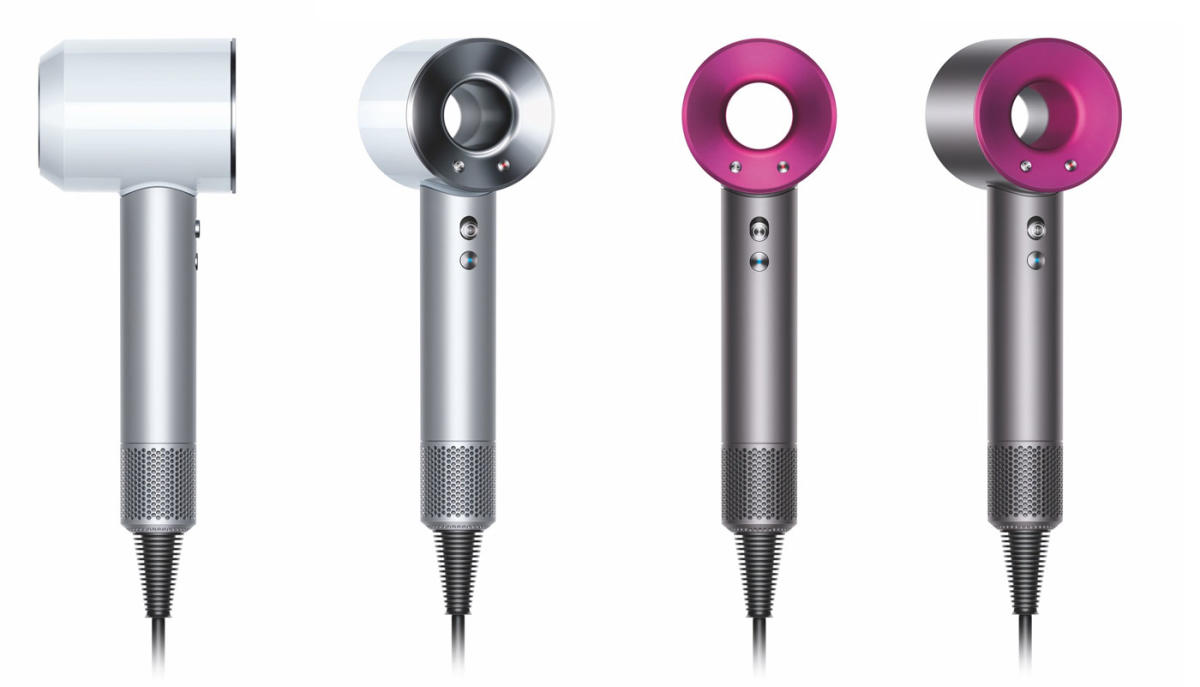
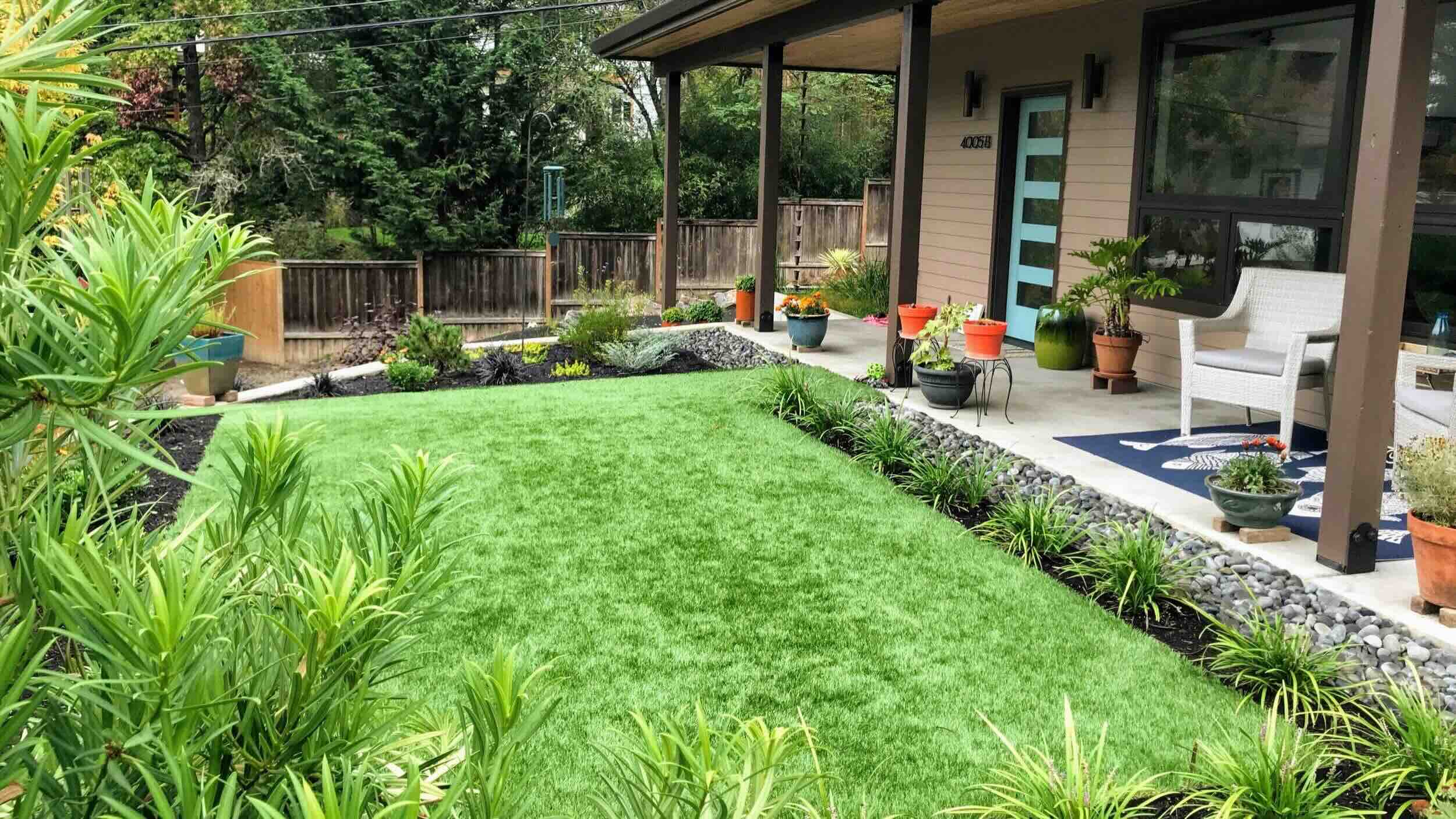
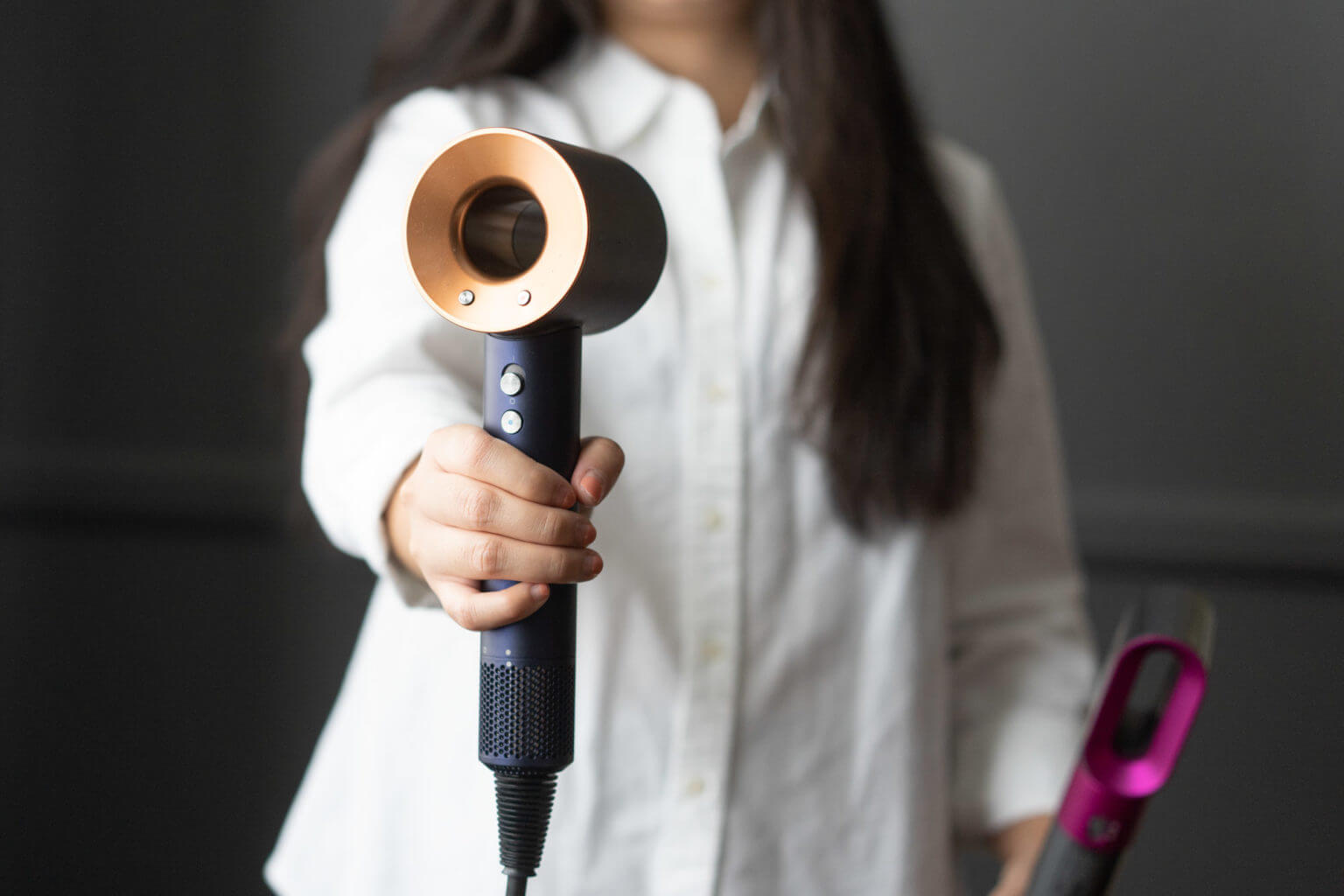
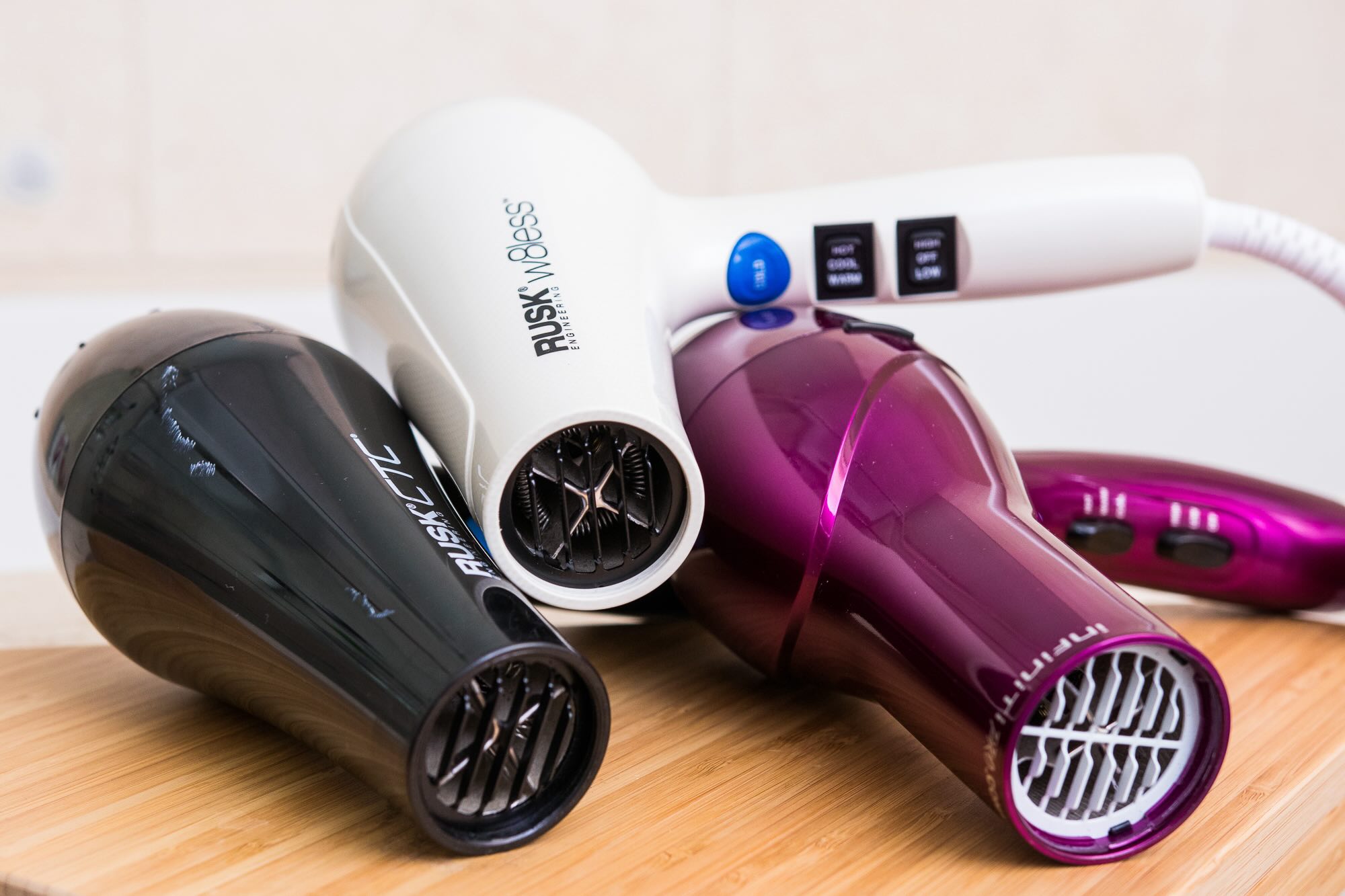
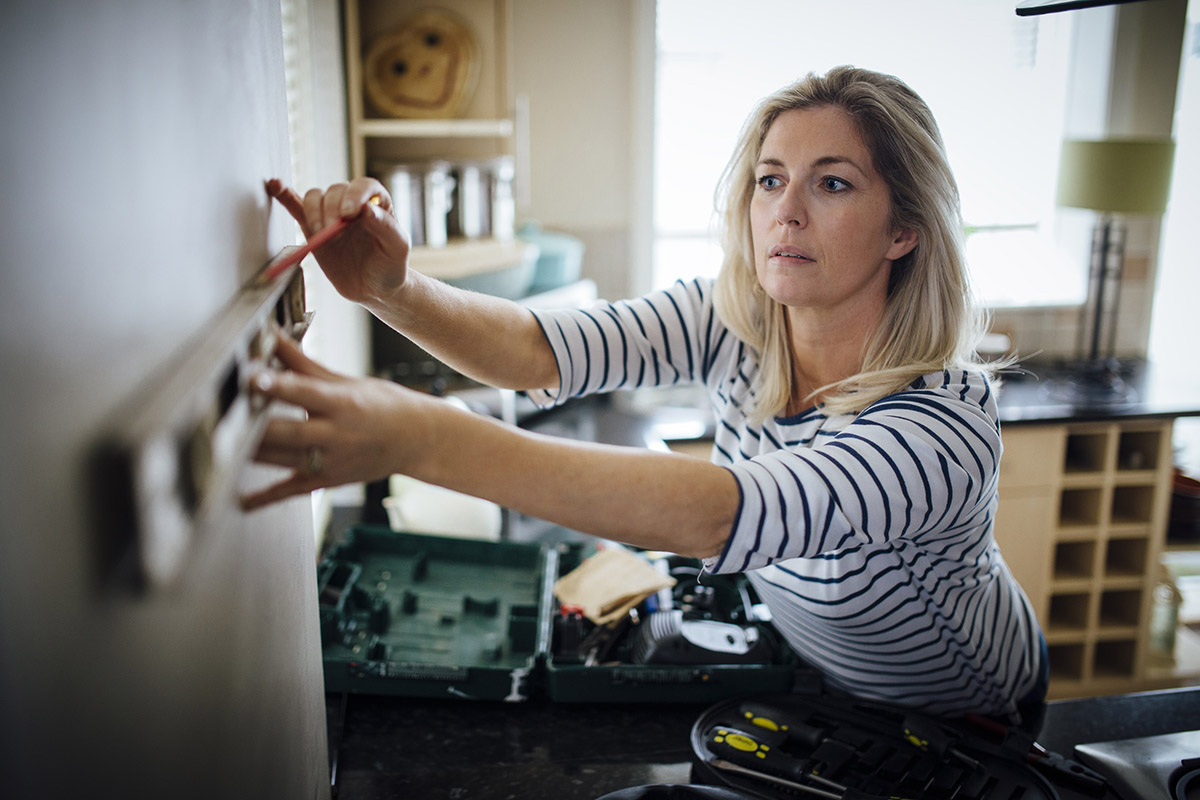
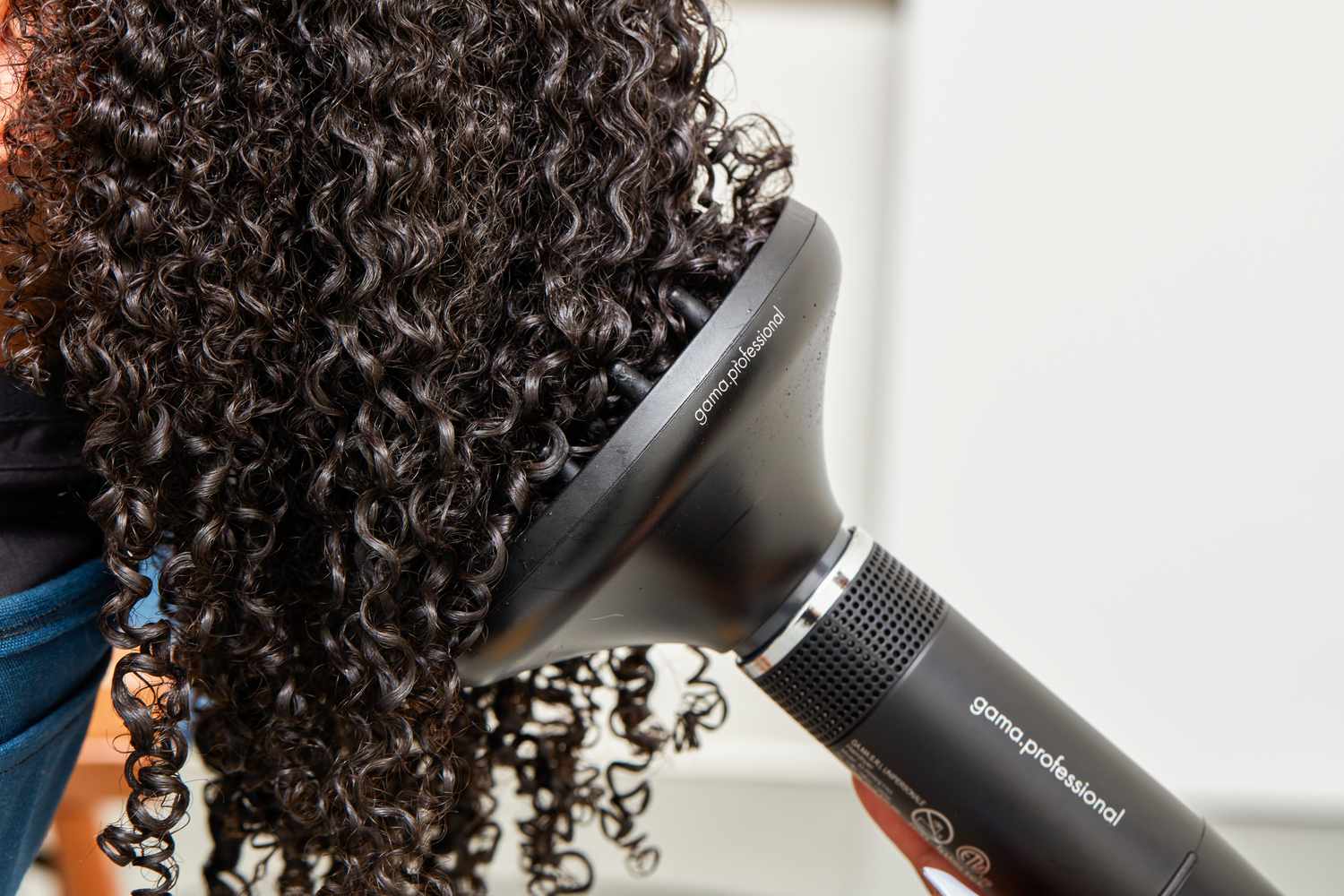
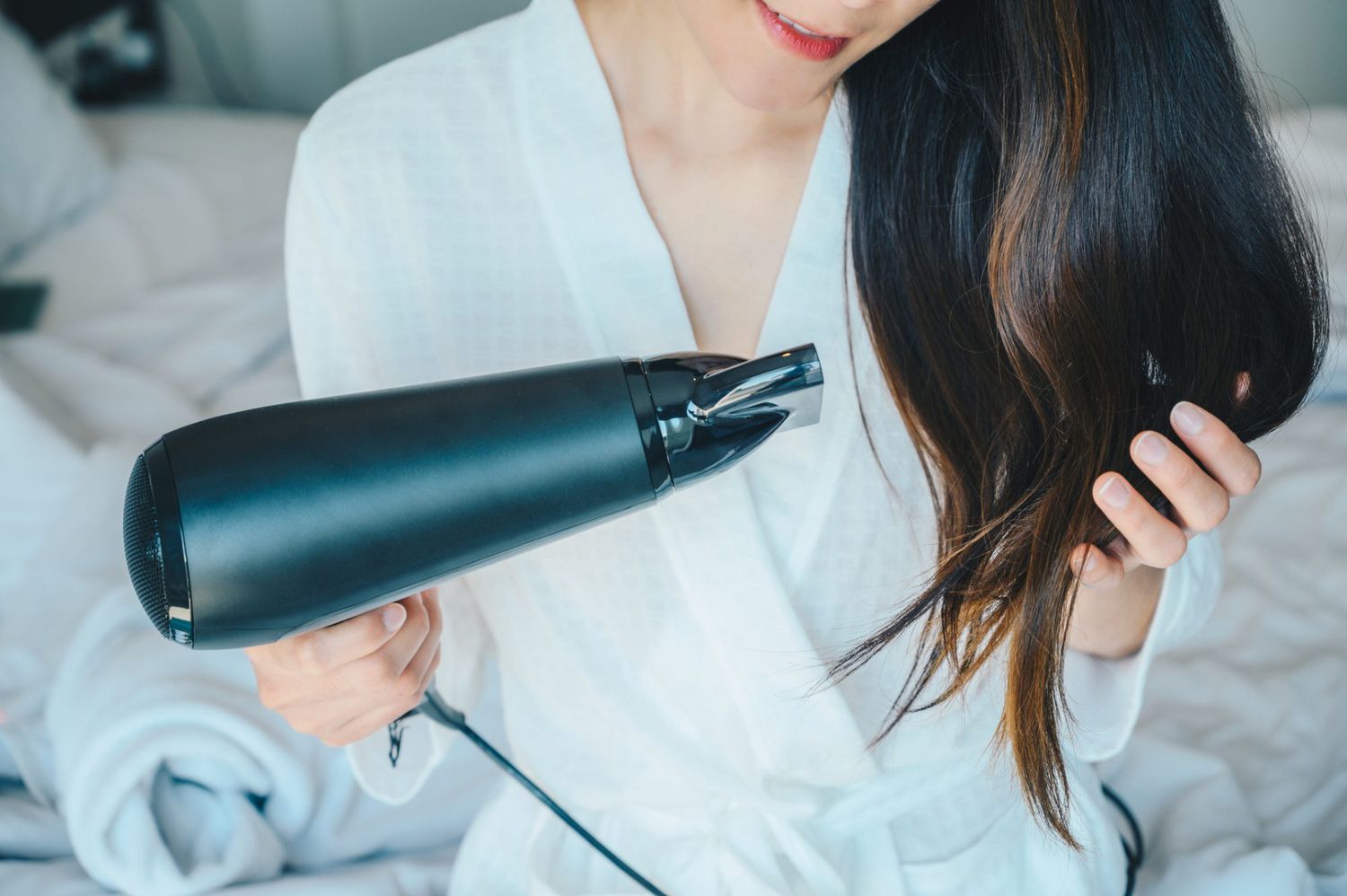
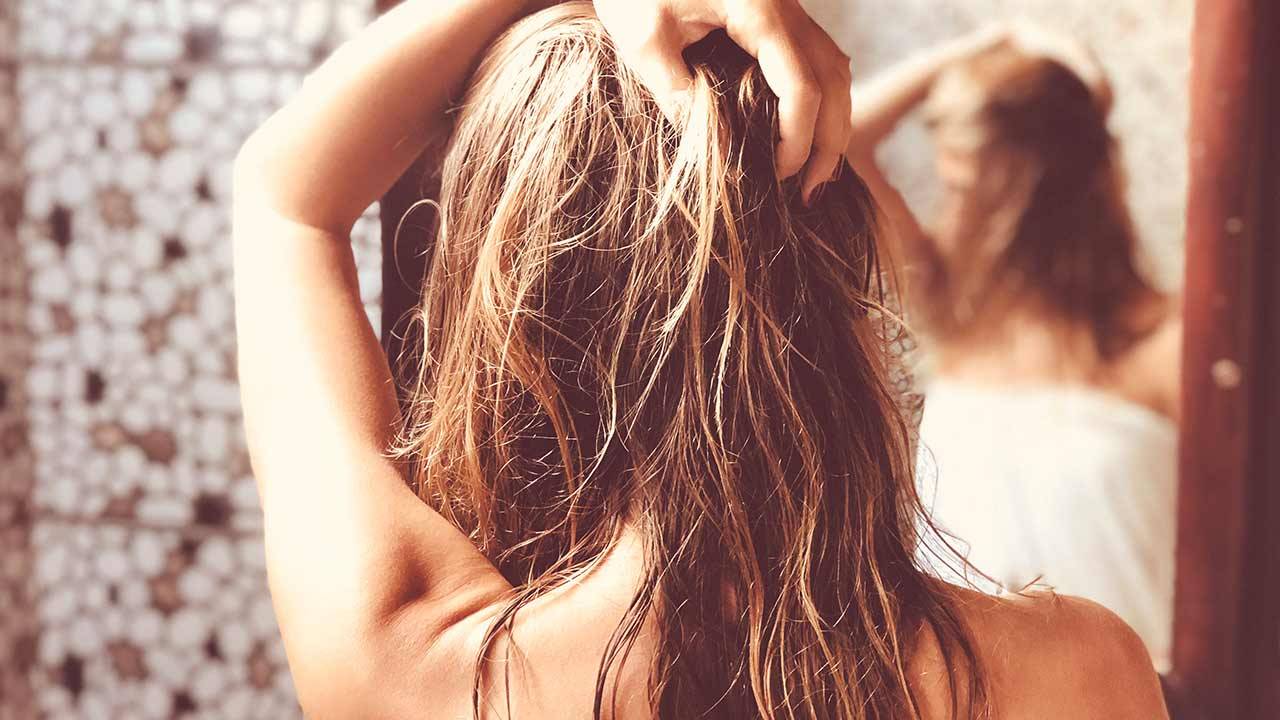
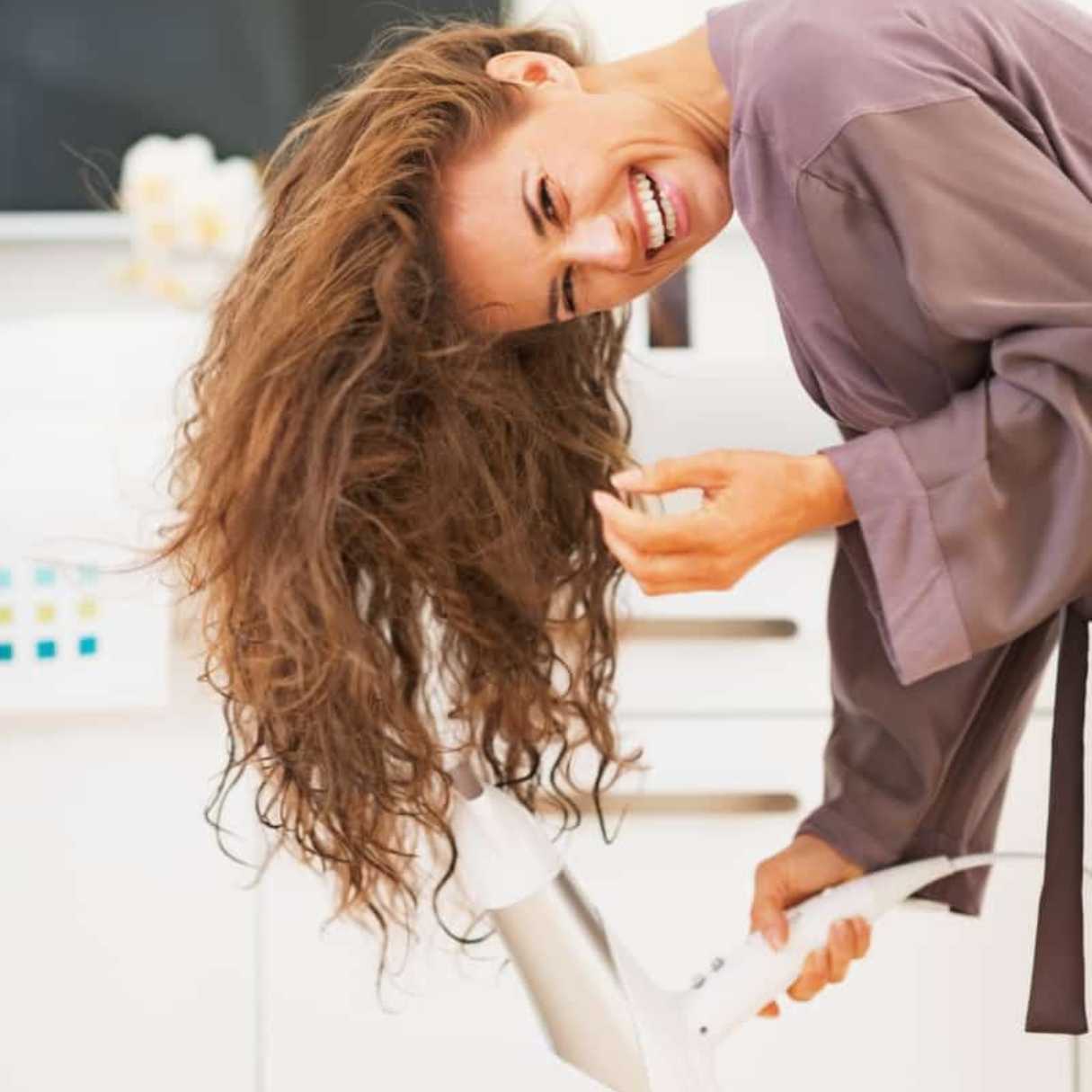
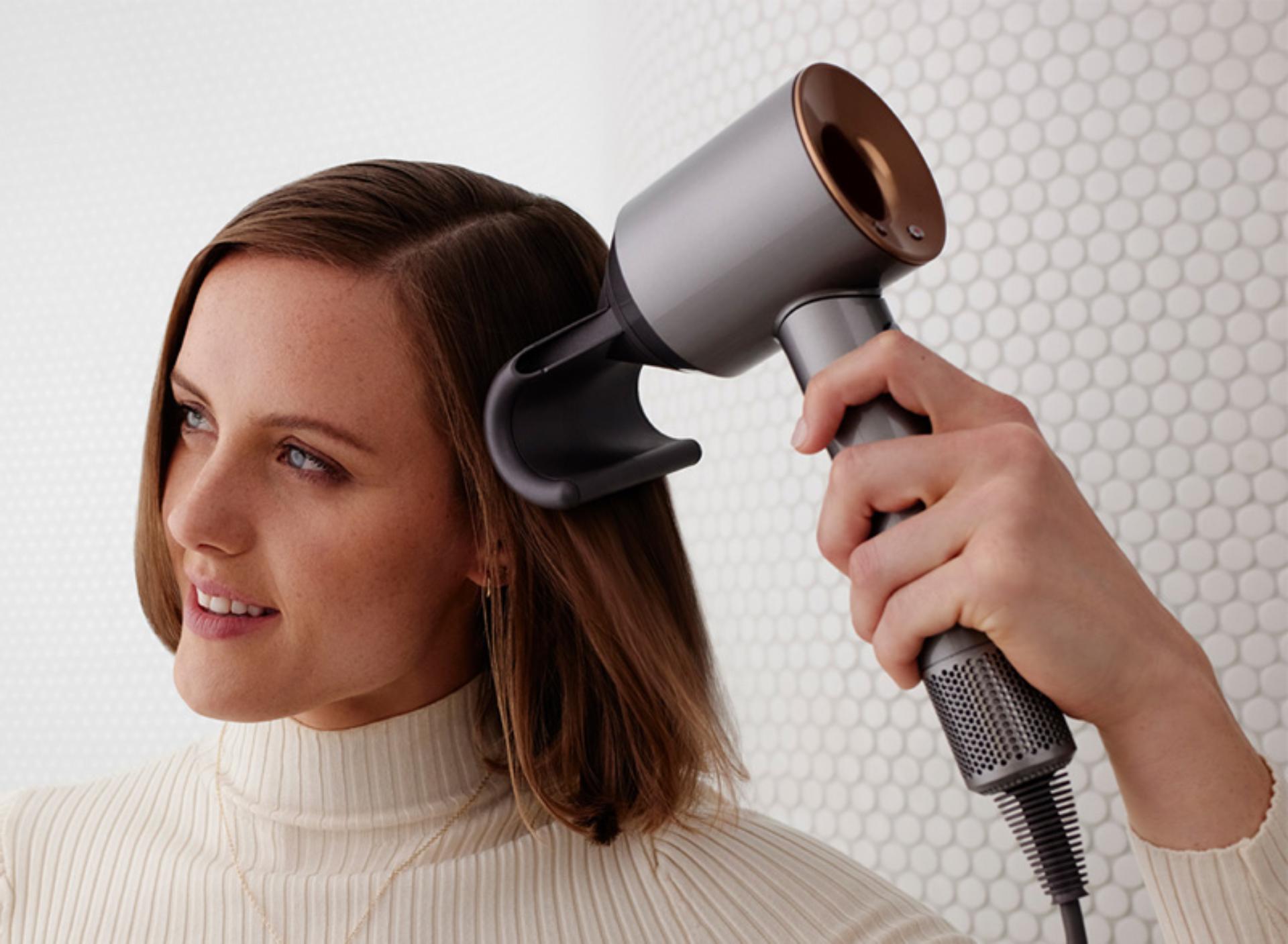
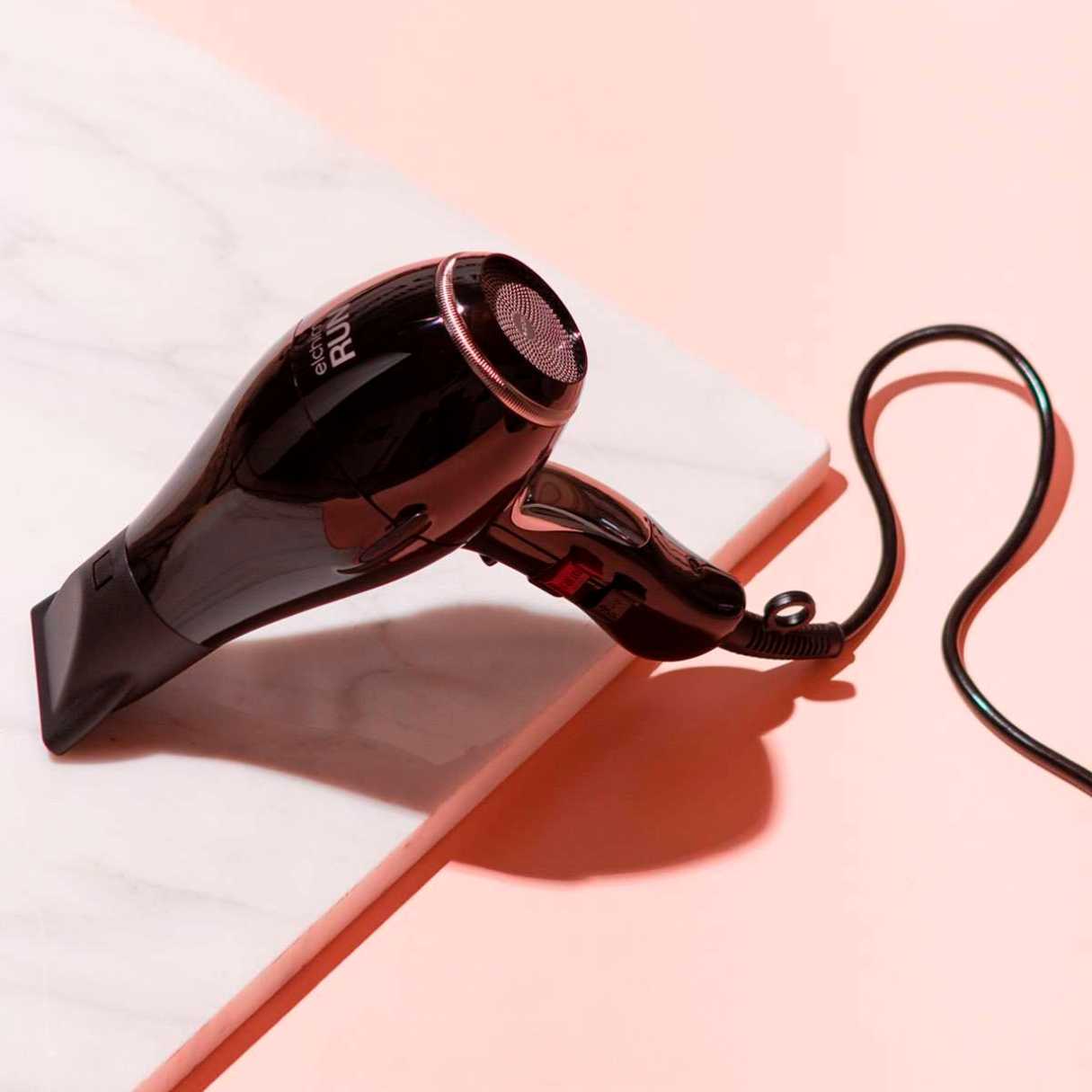
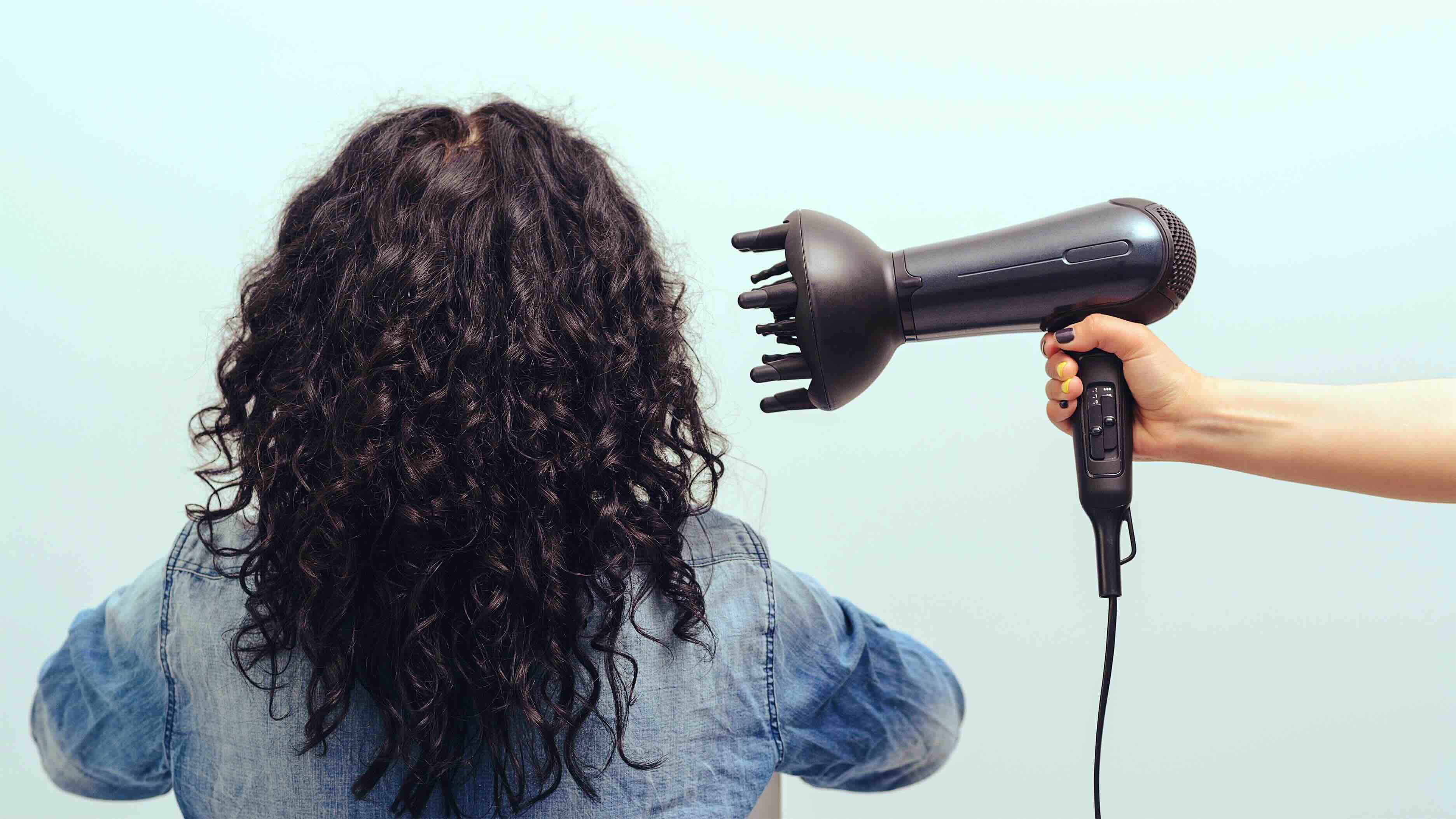
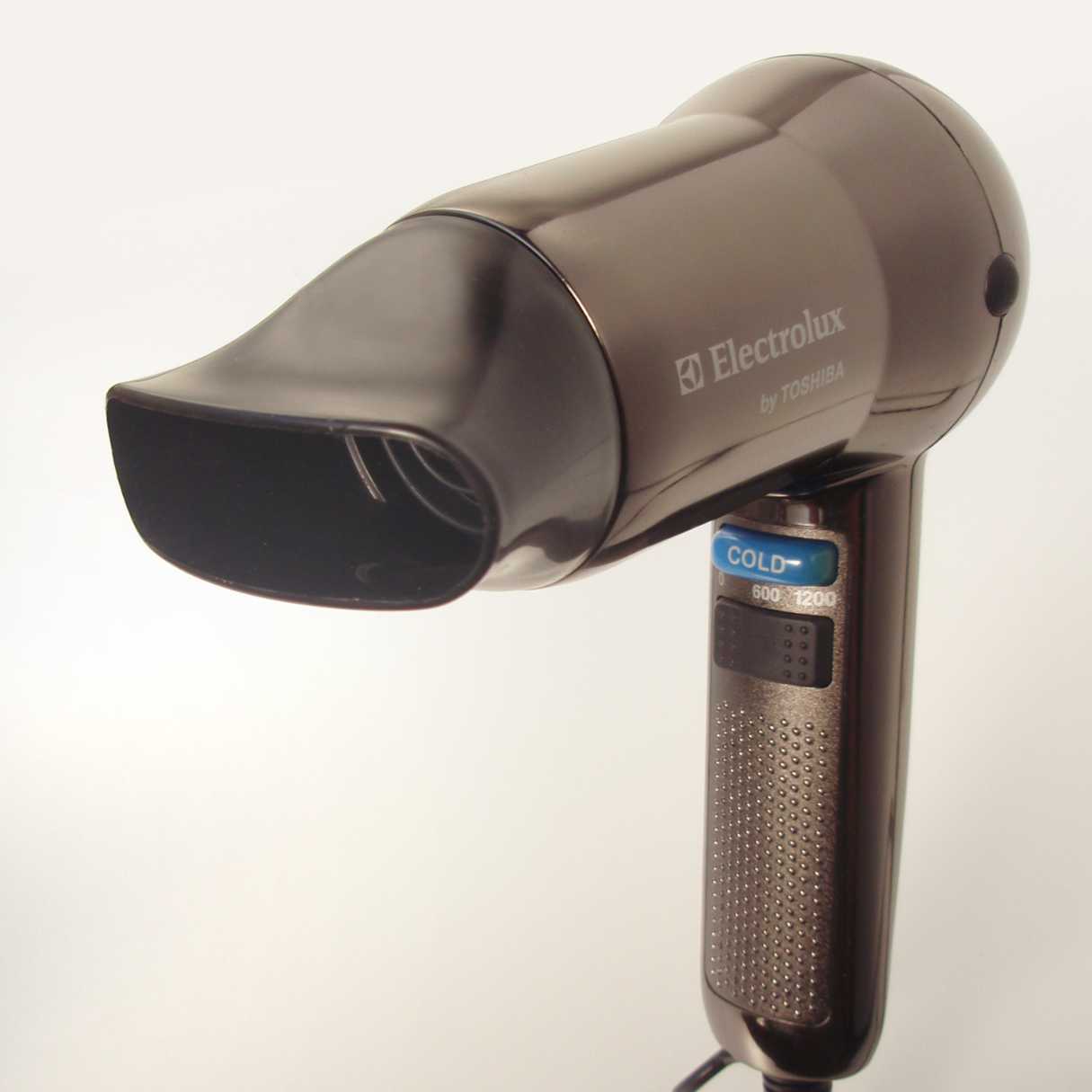
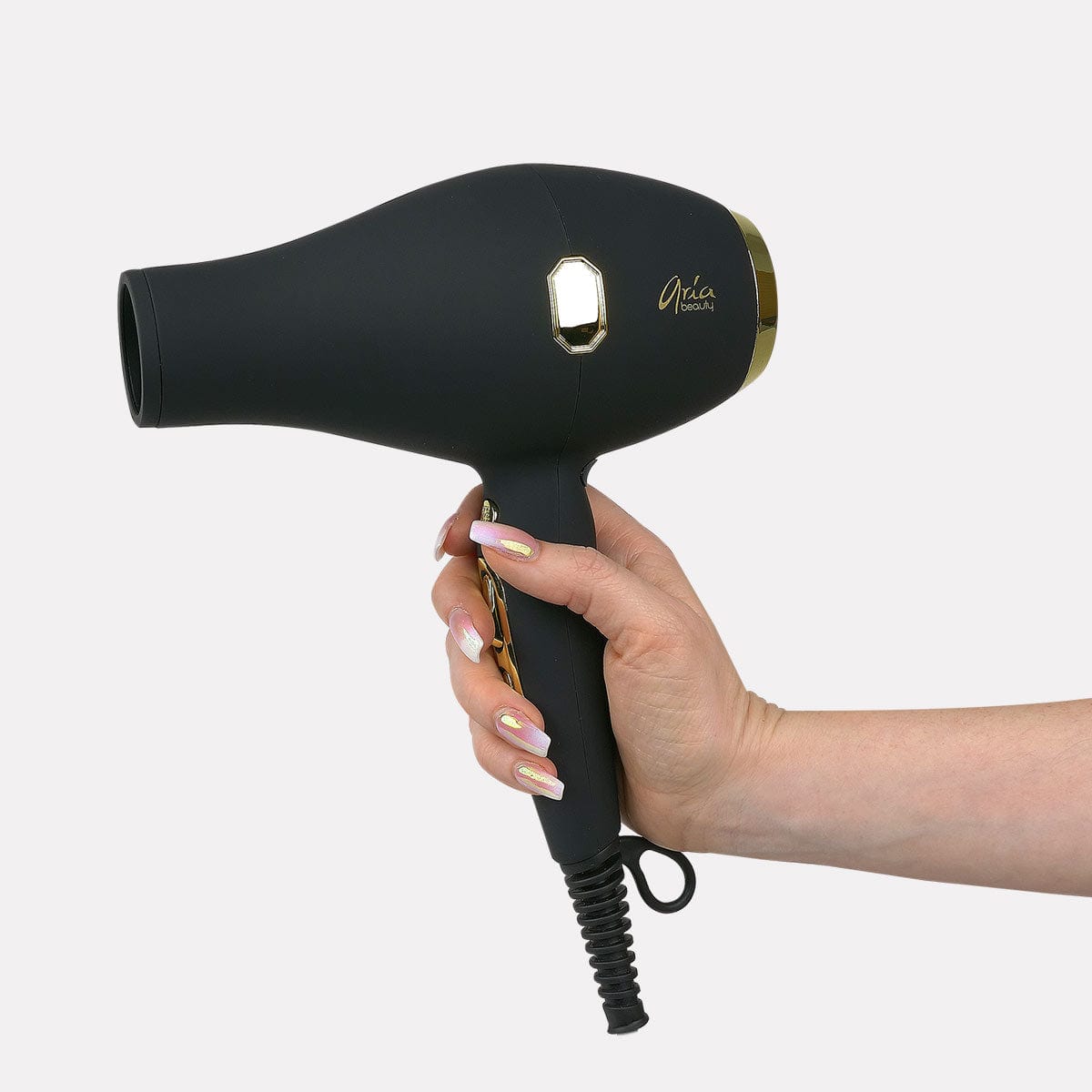

0 thoughts on “Which Hair Dryer Is Least Damaging”